http://wensandknobs.tumblr.com/
Cheers,
TJB
Hemingway is known for his many revisions, almost always editing events from the way they appeared in his moleskines. Well this week, I finally got around to reading to newest version of A Moveable Feast, (to be honest, I read the new sections and skimmed the rest). This edition is edited by his grandson Sean, who claims it is the most accurate edition.
After Hemingway’s death in 1961, his fourth wife, Mary, was left with the unfinished pieces that would eventually compose A Moveable Feast, which document his life as a struggling writer and sketch out the relationship with his first wife, Hadley. This included a collection of autobiographical notes and three novels which Mary would single-handedly piece together and publish in 1964.
Patrick Hemingway, son to Ernie’s second wife, Pauline, never liked the way his mother was depicted in the novel: The work portrays Pauline Pfeiffer as the friend who betrayed Hadley’s trust by seducing Hemingway. (Hemingway, of course, betrayed Hadley too, but whatever — in Bukowski’s words, “Hey man, I’m the hero of my shit,” so Hemingway gets to be the hero of his shit…). So anyway, Patrick suggested that his nephew, Sean, who had already edited a few of Hemingway’s works, compose more accurate compilation of the chapters left at the time of Heminway’s death. The edition that Mary edited is basically a canonical work of American literature at this point — the fact begs the question: does sheer accuracy really matter, especially for an author who fiercely re-edited the “truth”?
Granted, Mary has been publicly criticized for truncating passages in which Hemingway expressed remorse to Hadley, (and understandably so). Patrick and Sean objected to these exclusions because it also excluded the good times Hemingway had with Pauline.
We have no way of knowing, of course, whether Hemingway would have ultimately kept the same order of chapters as appeared in his outline, or whether he would have approved of Mary’s particular interpretation, nor if he would have approved the edition Sean has rehashed. Nonetheless, I would definitely suggest that fans of A Moveable Feast, and those that wish to expand their knowledge of the veritable soap opera that is Hemingway’s prose/psyche, check out this and interpret it as they will. If anything, it adds to the mystique.
After that, go re-read Hills Like White Elephants.
Filed under Expatriates, Literature, Paris
Filed under Art, Literature
Of all Americana ephemera, the nautical realm is probably the one i find most fascinating – and whale tooth engravings, known as scrimshaw, are a perfect example of why. Intricately crafted and delicate, yet impossible to separate from the manly act of butchering the largest animals on the planet, scrimshaw retains and encapsulates everything that makes a glorified life at sea an inviting one.
The employment of whale teeth originally emerged in the form of tools that sailors would forge from the excess bones of the whales they harvested, and emerged as an art form secondarily when sailors would carve designs in their spare time in the early 1800s. Unfortunately, this act created a market for whale teeth, and in consequence, the harvesting of whales specifically for their teeth, (just like elephants and the market for their tusks of ivory). Sperm whales were hunted until their species nearly collapsed, and today, scrimshaw is a form of contraband. Nonetheless, antique scrimshaw is an amazing slice of American whaling heritage.
Here are some of my favorites:
More info and pictures can be found here.
Filed under Art
Awash with ideas for Halloween costumes, I finally settled for Hemingway. It’s easy (spray-on white beard + pillow under sweater + fishing pole), and fun (goes well with copious amounts of liquor).
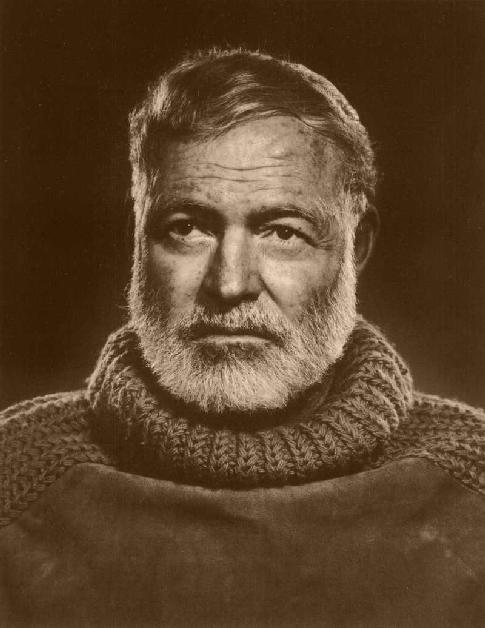
Turns out this is actually a Norwegian number donned by Papa, but whatever.
So, when planning out the attire, I naturally decided on a thick wool knit sweater to compliment the intense chill that will by 10/31 have descended upon Chicago. After a few trips to thrift shops I found the perfect specimen for a 3 dollars US currency: mint vintage Aran sheep’s wool sweater.
I’d always seen the sweaters at goodwill but never really gave them a chance, (my mind must have been clouded by dreams of finally finding an L.L.Bean Norwegian). So it wasn’t until after purchasing this that I even thought to research the history of the Aran sweater – a history that turns out to be richly storied.

So here goes:
The sweaters owe their title to the Aran Islands, off the coast of Ireland. The sweaters are distinguished by their use of complex and symbolically textured patterns stitched vertically down the front, (usually 4-6 patterns). Because the wool was generally unscoured, the garment retained natural oils from the sheep’s skin, making them water resistant but also very warm. Thus, they were the perfect attire for Irish fishermen in the late 19th and early 20th centuries. (They also provided knitting for the fishermen’s wives).
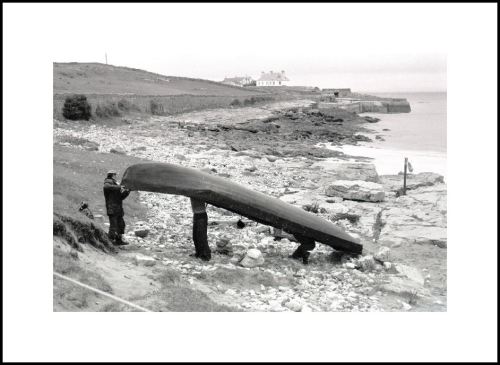
Aran Islands Fishermen. Date Unknown.
Over time, the stitching began to take on a symbolic meanings. For instance, the honeycomb is a symbol of the hard-working bee; the cable, an integral part of the fisherman’s daily life, is said to be a wish for safety and good luck at sea; the diamond is a wish of success, wealth and treasure; and the basket stitch represents the fisherman’s basket, a hope for a plentiful catch.
Additionally, combinations of patterns grew specific to families of prominent Irish fishermen in the area. Legend has it that the reason behind this tradition is that if a fisherman drowned at sea, his body could later be identified on the beach via the stitching of his sweater, despite facial decomposition. While this is generally refuted as a misconception parlayed by J.M. Synge’s 1904 play Riders to the Sea, in which the body of a dead fisherman is identified by the hand-knitted stitches on one of his garments, I still think it’s a fantastic story to accompany a fantastic sweater.
I wish that more garments had stories and legends surrounding them — because the history and philosophy behind the clothing is what makes fashion truly interesting to me.
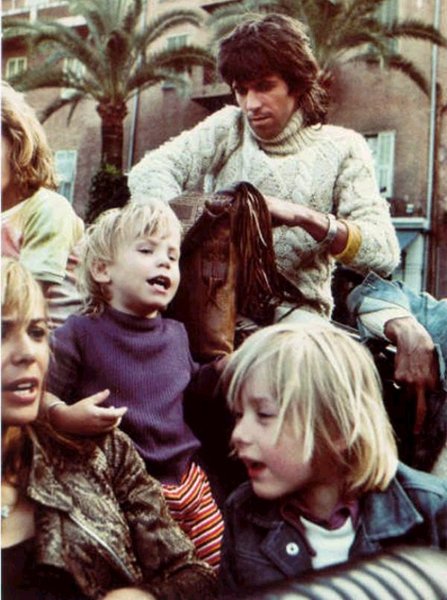
Mick in an Aran, photo via Black Watch
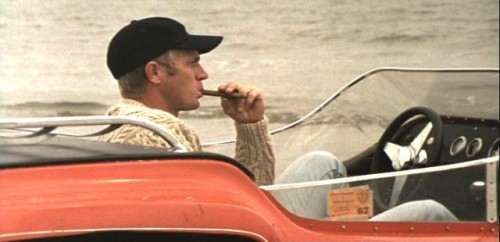
Steve McQueen killin' it, photo via The Selvedge Yard
Filed under Apparel, Literature
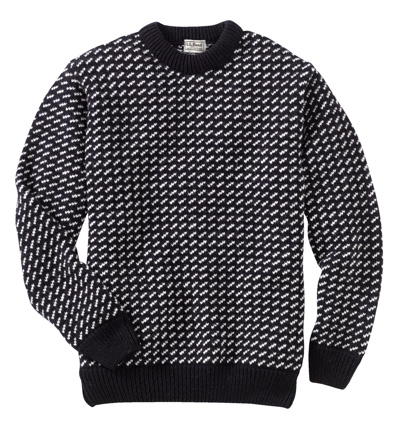
A/W ’10 is here folks. And that means that after nearly 18 years, the L.L.Bean Norwegian Sweater’s exile has come to an end. Prepsters rejoice!
While not yet added to the official L.L.Bean site, orders for the Norwegian sweater are currently being accepted via telephone.
Read my original post on the iconic sweater’s reintroduction here.
Filed under Apparel
My most cherished season is upon us. Cheers.
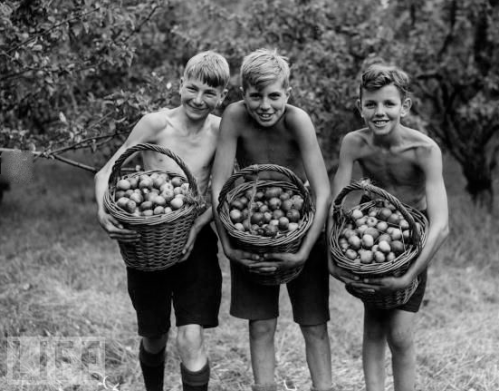
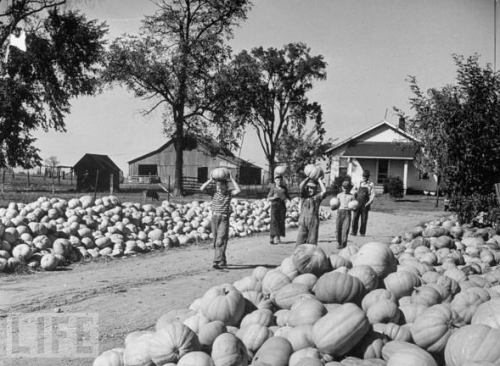
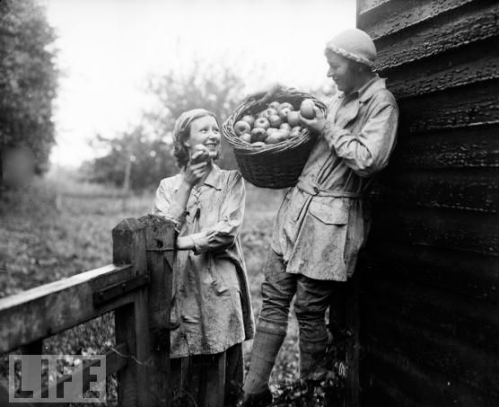

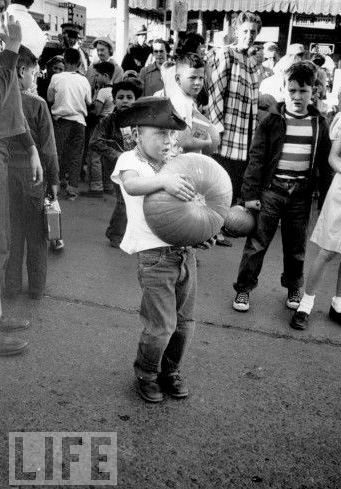
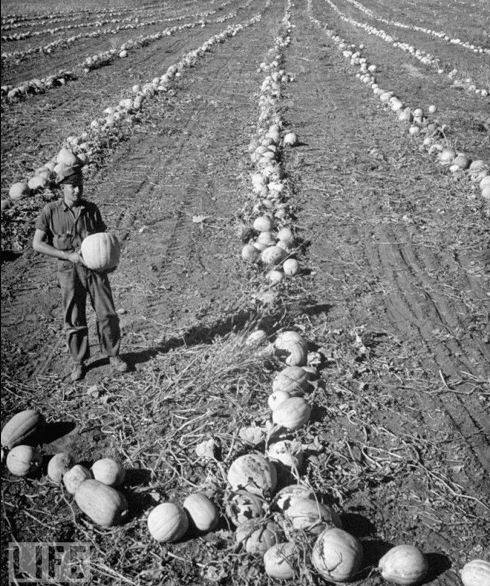
The perfect compliment to hard cider, wool socks, and a wood fire:

Pumpkin-Cider Stew
In a self-sealing plastic bag combine flour, the 2 teaspoons crushed fennel seeds, salt, and pepper. Add beef chunks. Close bag; shake to coat. In a Dutch oven brown half the beef and half the onion at a time in 1 tablespoon of hot oil. Return all meat and onion to Dutch oven. Add broth, cider, and vinegar. Bring to boiling; reduce heat. Simmer, covered, for 1-1/4 hours.
Meanwhile, if using miniature pumpkins, cut a 1/2-inch slice from the bottom of each; discard slice. Scoop out seeds and fibrous strings. If using pie pumpkin, peel, seed, remove strings, and cut into large chunks. If using potatoes, peel and cut into wedges.
Add pumpkin pieces or potatoes,and parsnips or carrots to beef mixture. Return to boiling; reduce heat. Simmer, covered, for 25 minutes more. Add apples; cover and simmer 5 to 10 minutes more or until vegetables and fruit are tender. Ladle into bowls or pumpkin bowls* to serve. Sprinkle with additional fennel seeds. Makes 8 servings
To Make Pumpkin Bowl: For each pumpkin bowl, cut a 1-inch slice from the stem end of a 1-1/2 to 2-lb. pumpkin; set aside stem. Scoop out seeds and fibrous strings. Ladle soup in bowl; replace stem. Or, if desired, place hollowed pumpkin with top in a shallow baking pan. Bake in a 350 degrees F. oven for 1 to 1-1/4 hours or until tender. Season inside of pumpkin with salt. Serve as above.
Filed under Food, Photography, Uncategorized
At the urging of A Continous Lean’s guide to flea markets, I made the trek out to the Kane County Flea Market last weekend. It did not disappoint.
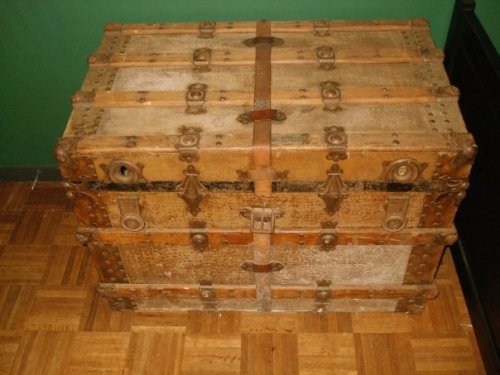
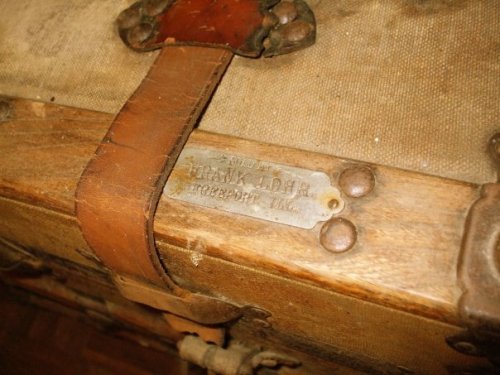
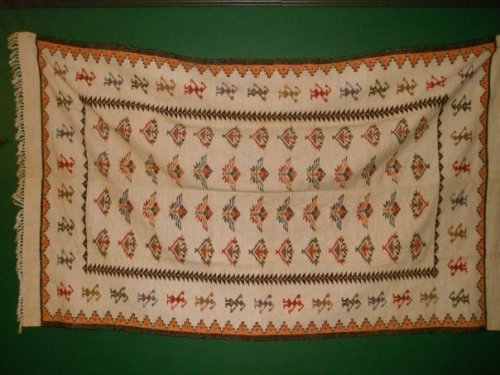
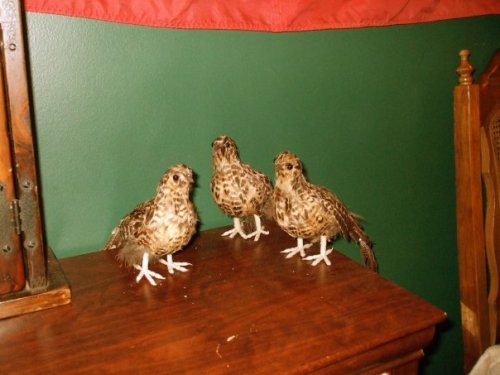
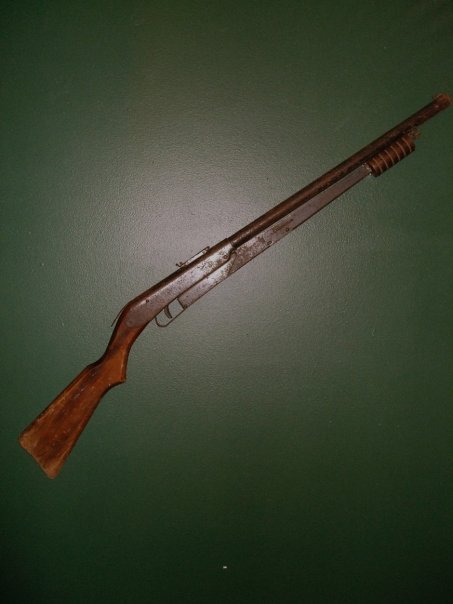

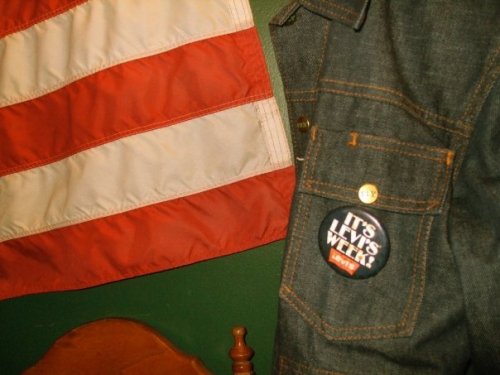
Filed under Assessories
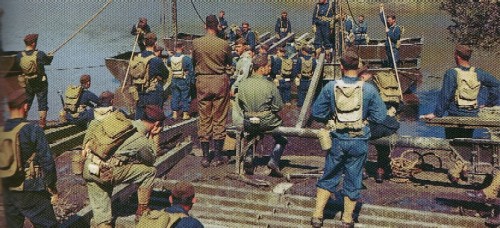
Denim is touted as collectible primarily in the sector of the early American laborer – coal miners in particular. But it was adopted widely in the military throughout the 20th century. I really think it’s an unsung aspect of military garb that ought to be recognized.
Here’s some info I found via the internets:
Blue Denim work clothing was adopted as Standard by the Army on 11 June 1919, replacing brown work clothing used before. The top was a jumper style pullover, the trousers had five pockets — two front, two hip, and a watch pocket. In 1933 a one-piece work suit (coveralls) was adopted in blue denim for use by mechanics, drivers, machinists, and others in similar roles. This was in addition to and did not replace the two piece work uniform. These blue denim coveralls were used until replaced by herringbone twill (HBT) one piece coverall in 1938.
The Army Blue Denim Work Uniform of 1940

In 1940, after field complaints about pullovers ripped down the front, the jacket style of blue denim work uniform was adopted. It had two large front pockets toward to bottom of the garment and buttoned up the front. It was made to be closed at the collar.
At the same time in 1940, the blue denim trousers were improved by using a style made from the same pattern as the khaki summer uniform trousers, with the front pockets moved to the side. The M-1937 “Daisy Mae” style hat was also provided in blue denim (with white stitching visible) to complete the uniform, as seen in the photo at left, made in 1940. These blue denim garments were used until replaced by the HBT two piece field uniforms in 1941.
Although the replacement was standardized, the blue denim uniforms continued in use for a few more years as supplies were used up. Since the great increases in supplies for World War II came after the HBT uniforms had been adopted, blue denim garments were relatively rare and are not much associated with the Army in World War II.
Blue Denim in the U.S. Navy and Marine Corps

Prior to World War II the Marine Corps also used blue denim fatigue uniforms, similar to the Army pattern but with a two-piece bib overall and jacket design. They also adopted a one-piece coverall. All USMC garments had “USMC” metal buttons. As with the Army, the USMC blue denim work uniforms were replaced in the early 1940s by sage green HBT or camouflage utility uniforms.
In 1901, Navy regulations authorized the first use of denim jumpers (shirts) and trousers. Regulations were changed in 1914 to allow the dungaree outfit to be worn by both officers and enlisted sailors. Enlisted personnel in the U.S. Navy wore blue denim trousers for work duty throughout World War II, with long or short-sleeved blue cotton chambray shirts. Several shades were used, but the shirt was usually a lighter shade of blue than the trousers, and lighter than the Army or USMC utility uniforms. Most enlisted personnel on board a ship would be dressed in the denim dungarees with the lighter blue shirt, a tee shirt, or no shirt. The trousers were straight-leg, not bell-bottoms. In the photo to the right, taken at Naval Air Base, Corpus Christi, Texas in August 1942, an aircraft mechanic is fueling a Navy plane dressed in the blue denim trousers and short sleeved chambray shirt topped by a swabbie hat.
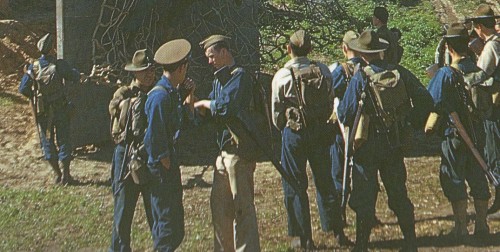
All of these government issued pieces made names for themselves during their time and were affectionately sought after by military veterans and denim customers in US Government surplus stores and yard sales. Many surplus stores sold used garments with the ominous abbreviation “PW” worn by foreign prisoners of war under U.S. authority. Dungarees in particular became the popular style worn by sailors in the Navy. The Army called their styles “Denim Work Uniforms for fatigue duty” — needless to say, many an Army potato peeler put his back into his work wearing his denim fatigues.
Some more pics:

US army denim work jacket. WWII era.
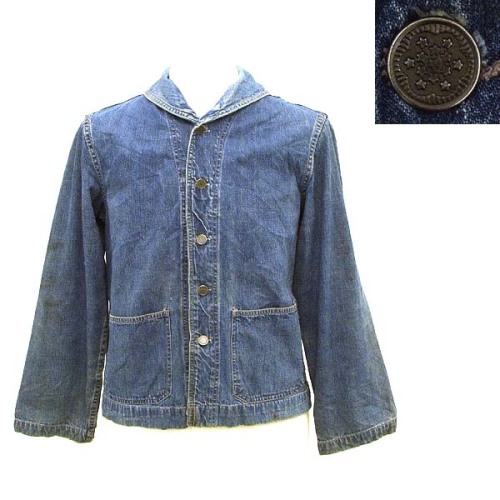
Orignal army issue work jacket. It comes complete with the 5 star buttons. WWII era.
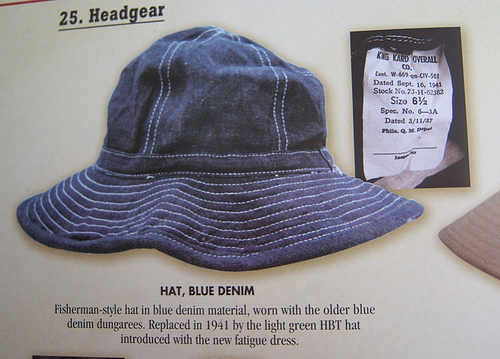
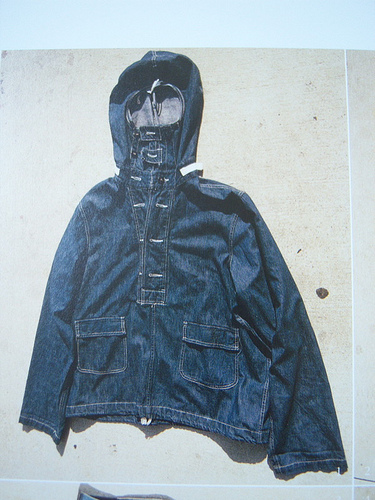
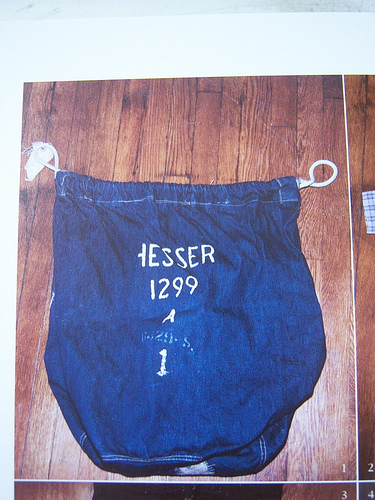
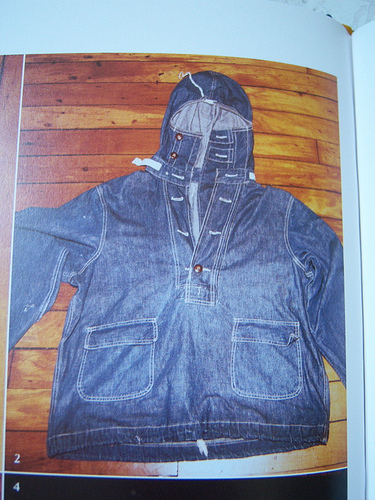
Buzz Rickson repros of the military pants and jacket and a navy jacket, taken from the Lightning Denim Indigo master issue:
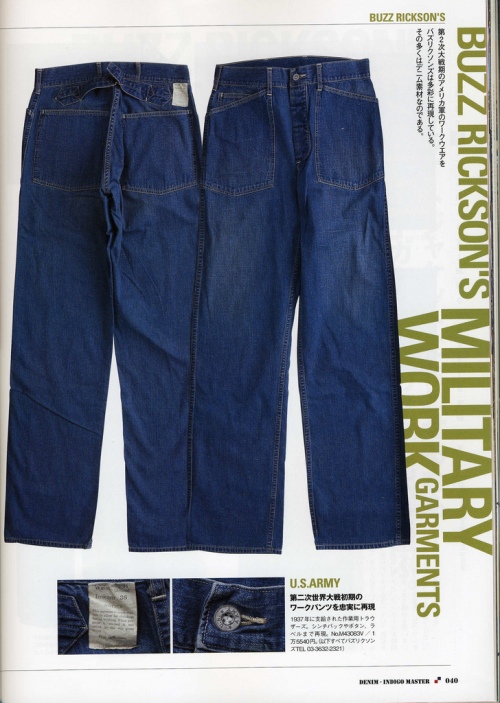
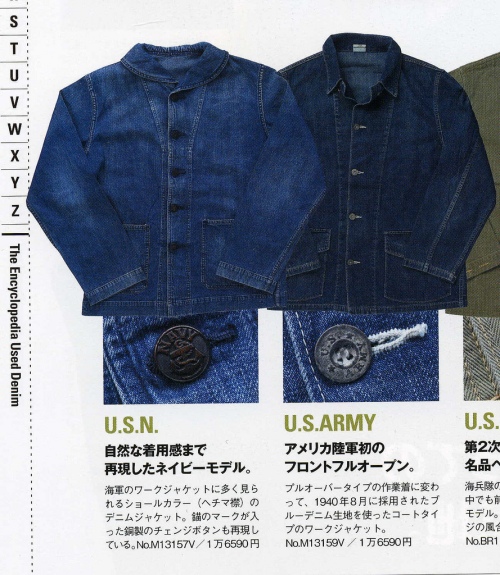
1940s WWII Denim Navy Sailor’s Jacket:

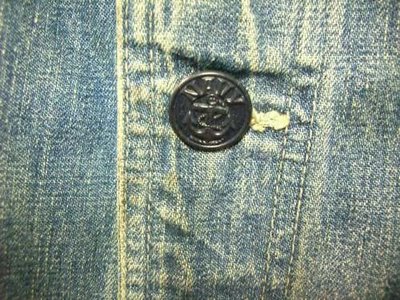
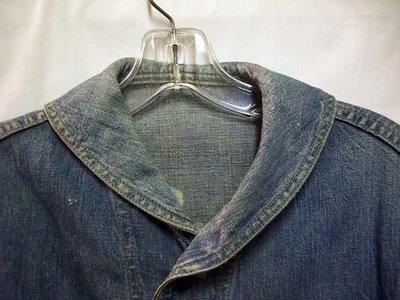
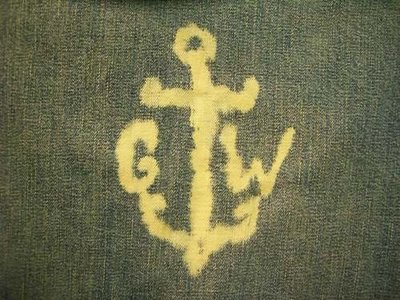
LIFE Archive:
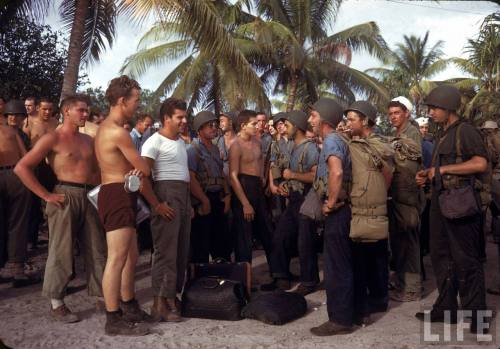
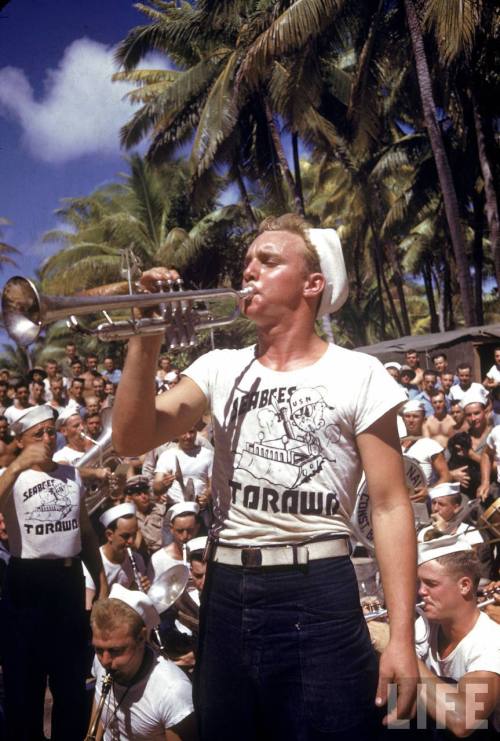
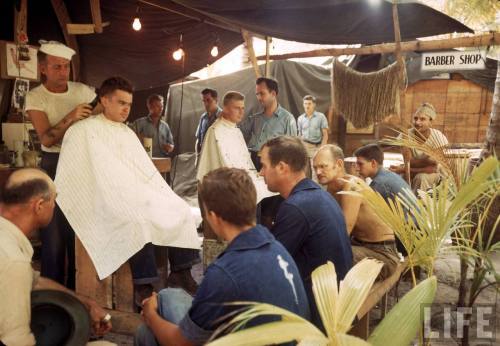
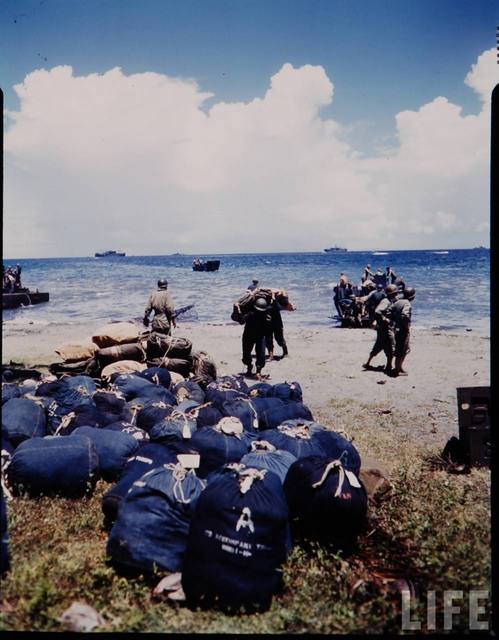
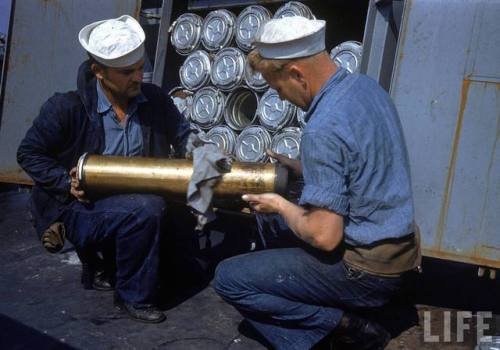
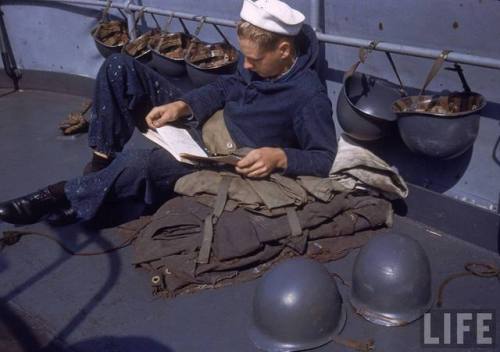
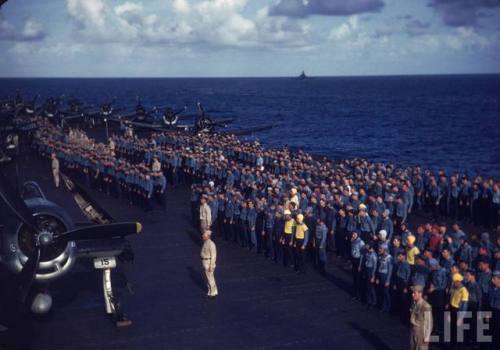
Filed under Apparel, Assessories
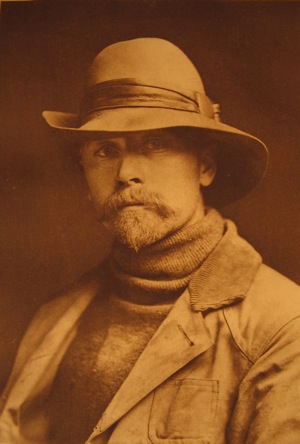
It’s rare when one can regard a photograph and instantly know its creator. It’s even rarer to regard a photograph that sends chills up your spine as it transports you to the scene and time in which it was taken.
The work of Edward Curtis falls into both categories.
The son of a Civil War vet, Curtis was born February 16, 1868 near Whitewater, Wisconsin. He began shooting with a homemade camera, before his family moved to Seattle in 1887 where Curtis started his career. While in Seattle, he photographed the daughter of Chief Sealth, Princess Angeline, and various scenes of the developing Western landscape. In 1906, J.P Morgan commissioned Curtis to shoot what would become the highwater mark of his career, a series on the North American Indian.
I won’t belabor the points of his life much more, as you can just check out his wikipedia entry here, (and I highly recommend doing so, as he led a fascinating life), but the photos below are a few of my favorites from his archive at the Library of Congress, which consists of of more than 2,400 silver-gelatin, first generation photographic prints made from Curtis’s original glass negatives.
Teddy Roosevelt said of Curtis, “In Mr. Curtis we have both an artist and a trained observer, whose work has far more than mere accuracy, because it is truthful. …because of his extraordinary success in making and using his opportunities, has been able to do what no other man ever has done; what, as far as we can see, no other man could do.”
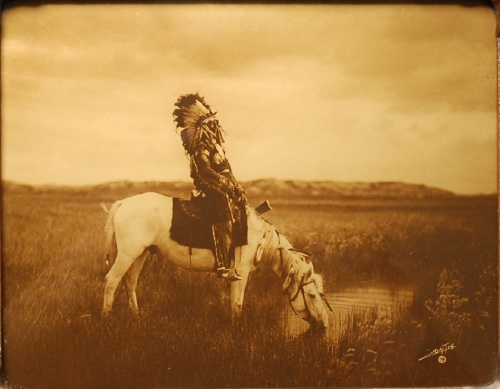

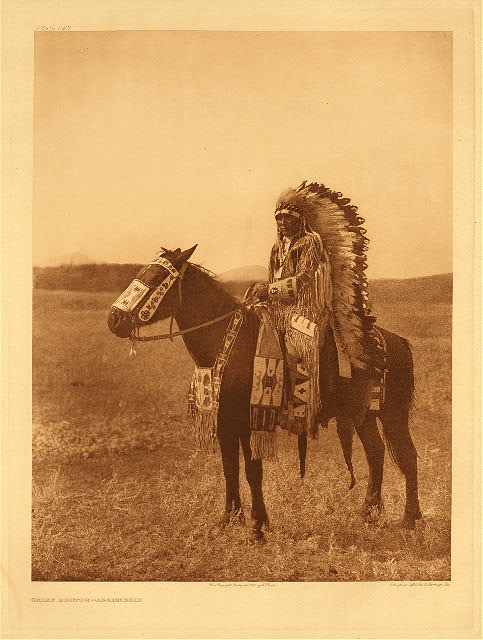




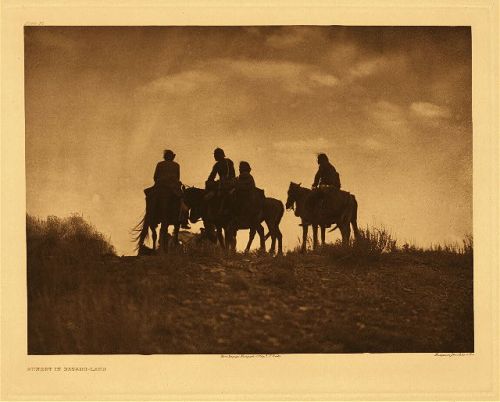

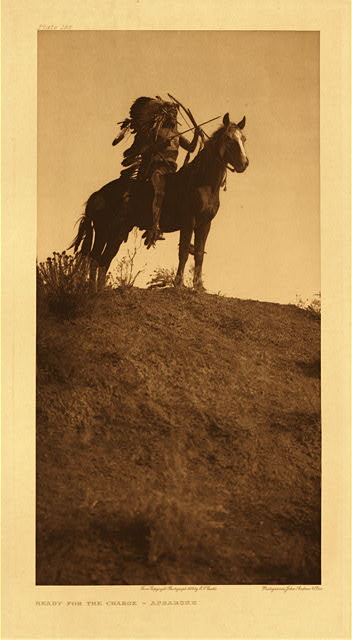
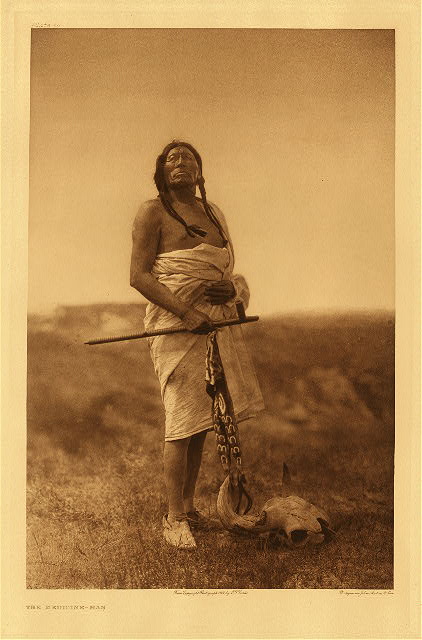

Filed under Apparel, Art, Media, Photography, Seattle